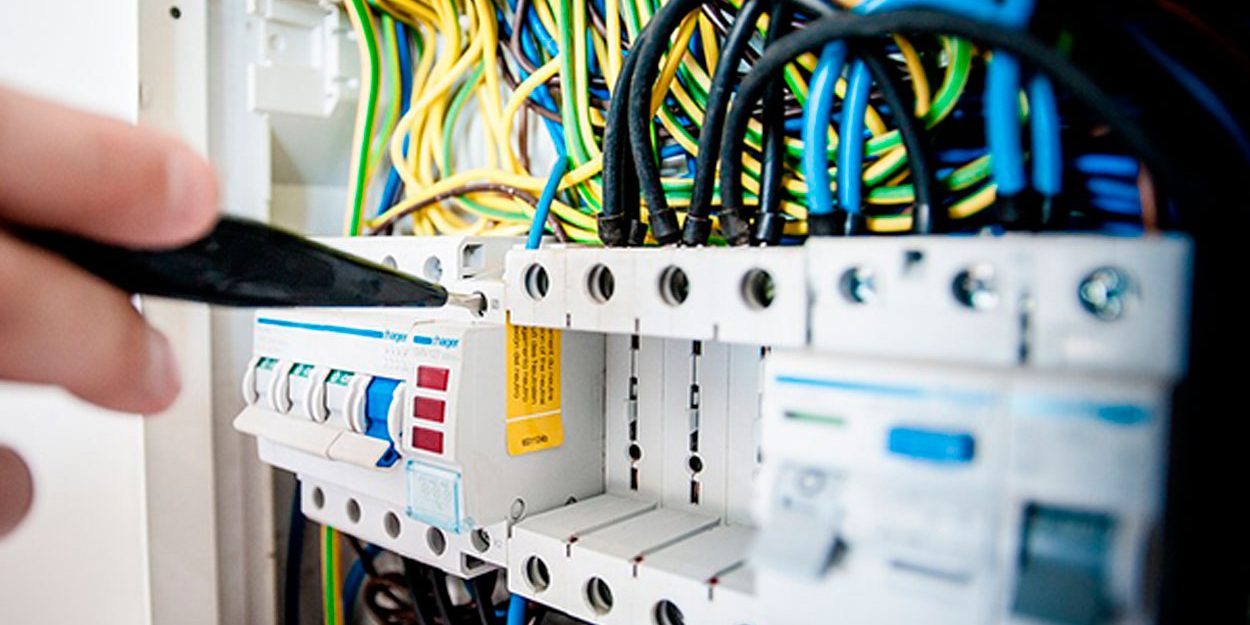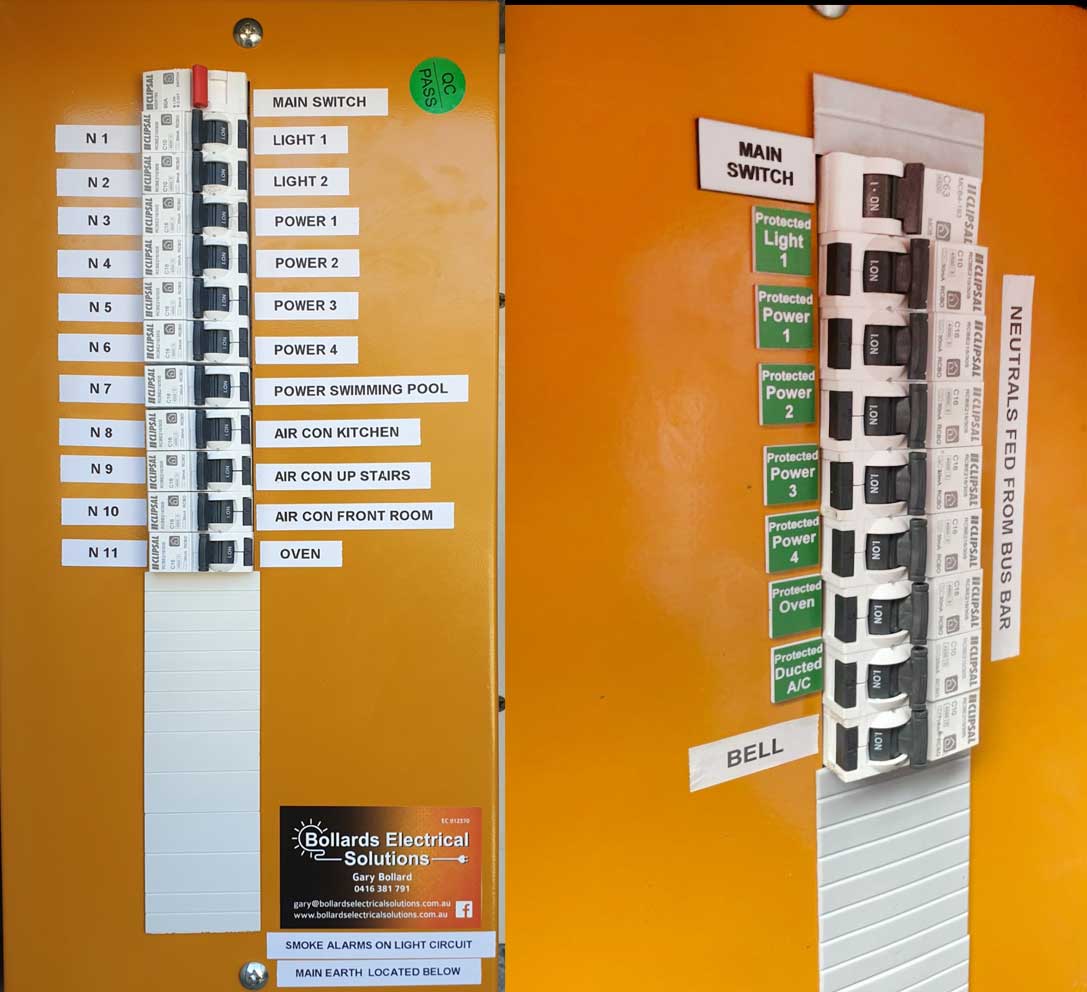Electrical switchboards, often overlooked but crucial components of any electrical system, serve as the nerve centre for distributing power throughout a building or facility. Understanding the functions, types, and importance of switchboards is essential for ensuring the safety, efficiency, and reliability of electrical installations. Below we’ll explain the fundamentals of electrical switchboards and provide insights into their significance in modern electrical infrastructure.
What is an Electrical Switchboard?
An electrical switchboard, also known as a distribution board or panelboard, is a centralised enclosure that houses electrical components for controlling and distributing electricity within a building or industrial facility. It serves as the interface between incoming electrical supply and various circuits, providing protection, control, and metering functionalities.



